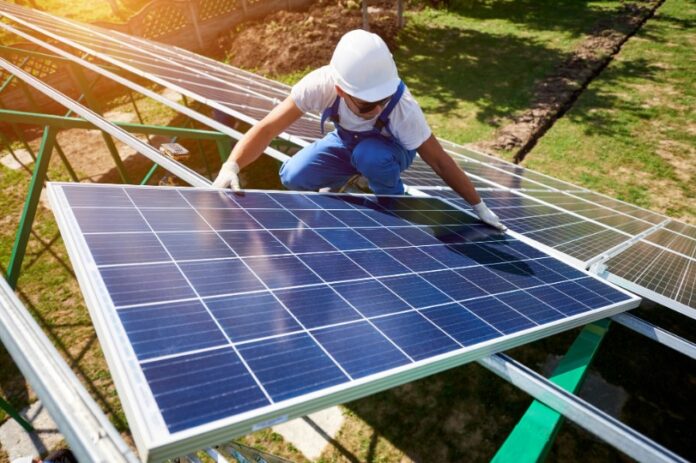When most people move into a new home or are building one from scratch, think about that core aspect that everyone is looking for; natural lighting.
While you may not realize it, there are many things that go into designing the amount of light that a building gets; too much and you have a quintessential oven, and too little can result in the residents feeling somewhat depressed.
So, in this article, this area of home design, known as solar shading, will be explored, so you can see how it impacts various areas of the value and aesthetic of the home. Enjoy!
What is Solar Shading?
Solar shading is an essential aspect of building design that involves controlling the amount of sunlight that enters a building. The purpose of solar shading is to reduce the amount of natural heat and glare that enters a building while ensuring that sunlight is also able to penetrate the interior. Solar shading can be achieved using a variety of techniques, such as external shading devices, internal shading devices, and building orientation.
So, what does that usually involve?
External Options
External shading devices, such as awnings, louvers, and canopies, are attached to the exterior of a building and provide shade by blocking direct sunlight from entering the building. These devices are effective at reducing heat gain and glare, which can help to lower cooling costs. However, external shading devices can be expensive to install and maintain, and they may not be suitable for all building types or locations. In 2023, a lot of buildings have opted for shutters as part of their solar shading, so if this sounds like an option you would want to consider, head to https://www.shuttersup.co.uk/regions/shutters-in-essex for guidance on this.
Internal Shading
Internal shading devices, such as blinds, curtains, and shades, are installed inside a building and provide shade by blocking or diffusing direct sunlight that enters the building. These devices are typically less expensive than external shading devices and can be easily adjusted to control the amount of light and heat. However, internal shading devices may not be as effective at reducing heat gain as external shading devices, and they can also block natural light from entering the building.
Building Position and Glare
Building orientation is another important aspect of solar shading. The orientation of a building can affect the amount of sunlight that enters the building throughout the day. For example, a building that faces south will receive more direct sunlight than a building that faces north. By designing a building with the proper orientation, it is possible to maximize natural light while minimizing heat gain and glare.
Cost Efficiency
While it does reduce heat gain and glare, solar shading can also have other benefits, such as reducing the need for artificial lighting and improving the energy efficiency of a building. By reducing the amount of sunlight that enters a building, solar shading can help to lower cooling costs and reduce the amount of energy needed to power artificial lighting. In some cases, solar shading can even qualify for energy efficiency incentives or certifications.
Building From Scratch?
When you have the fortune to be building your home from scratch, where you place the home is going to have an impact on how much sun it receives and when. When designing a solar shading system, it is important to consider factors such as the location of the building, the climate, the orientation of the building, and the type of shading device being used. It is also important to consider the aesthetic and functional requirements of the building, as well as the budget and maintenance requirements of the shading system.










